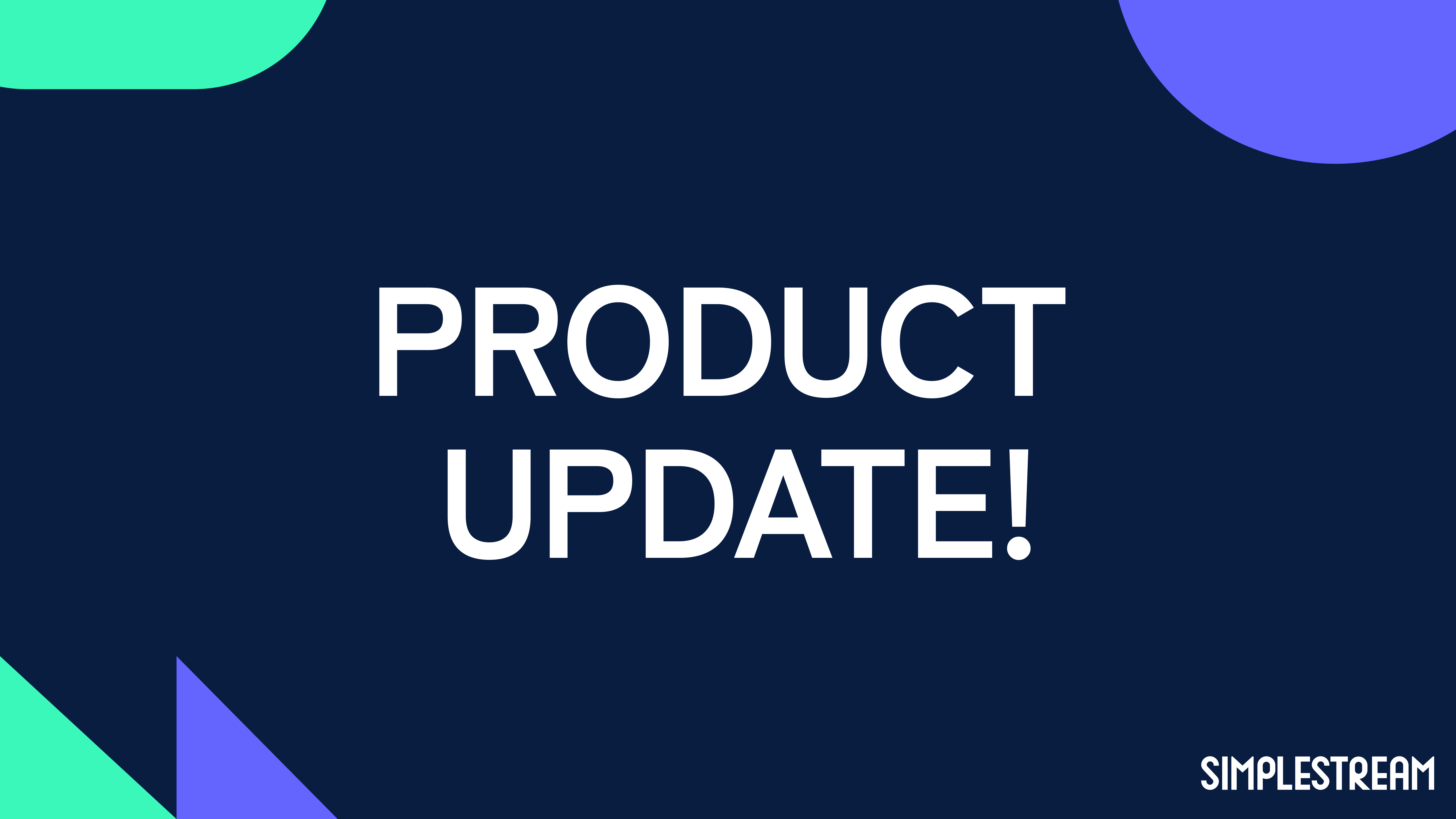Making your OTT service cost-effective: CDN and storage
What is a content delivery network (CDN)? A CDN and storage are integral to successful OTT services. Find out how in our short guide.
What is CDN?
#1. A Content Delivery Network that doesn’t break the bank
#2. Making a balanced decision on storage
#3. Savings for success in OTT
How do you keep pace with inflation in a world where the cost-of-living crisis has violently flared up, impacting every market sector? It seems the only way to keep pace might be to increase your prices. Passing on the rising cost of doing business directly to your customer isn’t the only way though. Some services that decided to pass on price increases to their customers saw a significant increase in churn as a result.
Think about the OTT industry. We’re sure you can quickly figure out which savings have the half-life of a chocolate teapot, and which really make a difference in the longer term. It starts with a CDN.
Read on to find out the best-kept secret in the industry:
What is CDN?
A CDN is a network of servers located in different geographic locations globally. They can store a range of data such as audio, video, and image files. These proxy servers enable faster loading times when a user tries to access any content through the internet.
This is how “Friends” starts playing instantly when you select it on Netflix. The video asset isn’t delivered to your device directly from the platform’s origin server; it’s located on a proxy server much nearer to your geographical location (edge caching). Allowing for that almost instantaneous playback. Et voilà, instant gratification.
.jpg)
#1. A Content Delivery Network that doesn’t break the bank
How you structure your content delivery network (CDN) and storage is a key ingredient, and it can be achieved at no cost to your customers.
The more successful your OTT service is, the more your CDN will be used. You really can be a victim of your own success in this regard as cost increases with usage.
You have two options for your CDN usage:
💸 Pay-as-you-go
You pay a flat rate for the exact amount of data passed through your CDN.
💰 Commitment
You commit to a specific amount of data each month for a year, at a discounted rate when compared to pay-as-you-go.
If you opt for the second option, it can save you serious amounts of monthly costs in the long term.
With commitment, you’re buying the whole pie, rather than a single slice 🥧
You’re probably asking, “but what if I use more or less than I pay for in my commitment?”
If you use less than you’ve paid for, you’ll still need to pay for the total amount you’ve opted for in your commitment.
However, when you use more, you will pay for what you use over the commitment at the same rate you paid in bulk (a portion of a second pie, but at your discounted rate).
Once you know your CDN usage, you can make some savings with a commitment. It’s an incredibly important cost for any growing OTT service.
.jpg)

#2. Making a balanced decision on storage
You’ve got a lot of content and you need to store it somewhere. Making all this content available at the same time for instant access is prohibitively expensive.
It’s like buying the entire contents of the mini bar in a hotel room. Yes, it’s convenient and instantly available, but at what cost?
You decide your retention rules. How much of your content is available, and when.
If you have a live service that offers catch-up content, then decide how much VOD to store/retain/present. This is how far back viewers can catch up with your live content. 60, 90, or even 100 days, the cost increases incrementally.
Even if you have a strictly on demand service, then your retention rules should be applied to the popularity of the content you have available. Do you opt to make the movie with 100 monthly views available instantly, or the one with 100,000?
Having an experienced pair of eyes really helps with this. You could be incurring significant costs by placing too much of your content into instance access storage.
Cheaper archive storage should be used for content that, based on data analysis, is not accessed from the storage after X days.
There used to be limitations on the availability of that content placed into archive storage. However, with Amazon S3 Glacier storage that’s no longer an issue. Even content placed into archive storage can be instantly retrieved. That means no limitations for your customers accessing your content.
It does come with a higher fee for the retrieval of that content; however, this is offset by the savings you make by archiving it.
#3. Savings for success in OTT
Between your CDN and storage, there are significant savings to be made. This can be actioned at no cost to your customers.
While your competitors focus on increasing the cost of the services they provide, you could continue to offer your OTT service at the same price while saving money on the operation of your service.
Simply by having a CDN commitment and optimising your storage, you could be winning customers from your competition.
.jpg)


